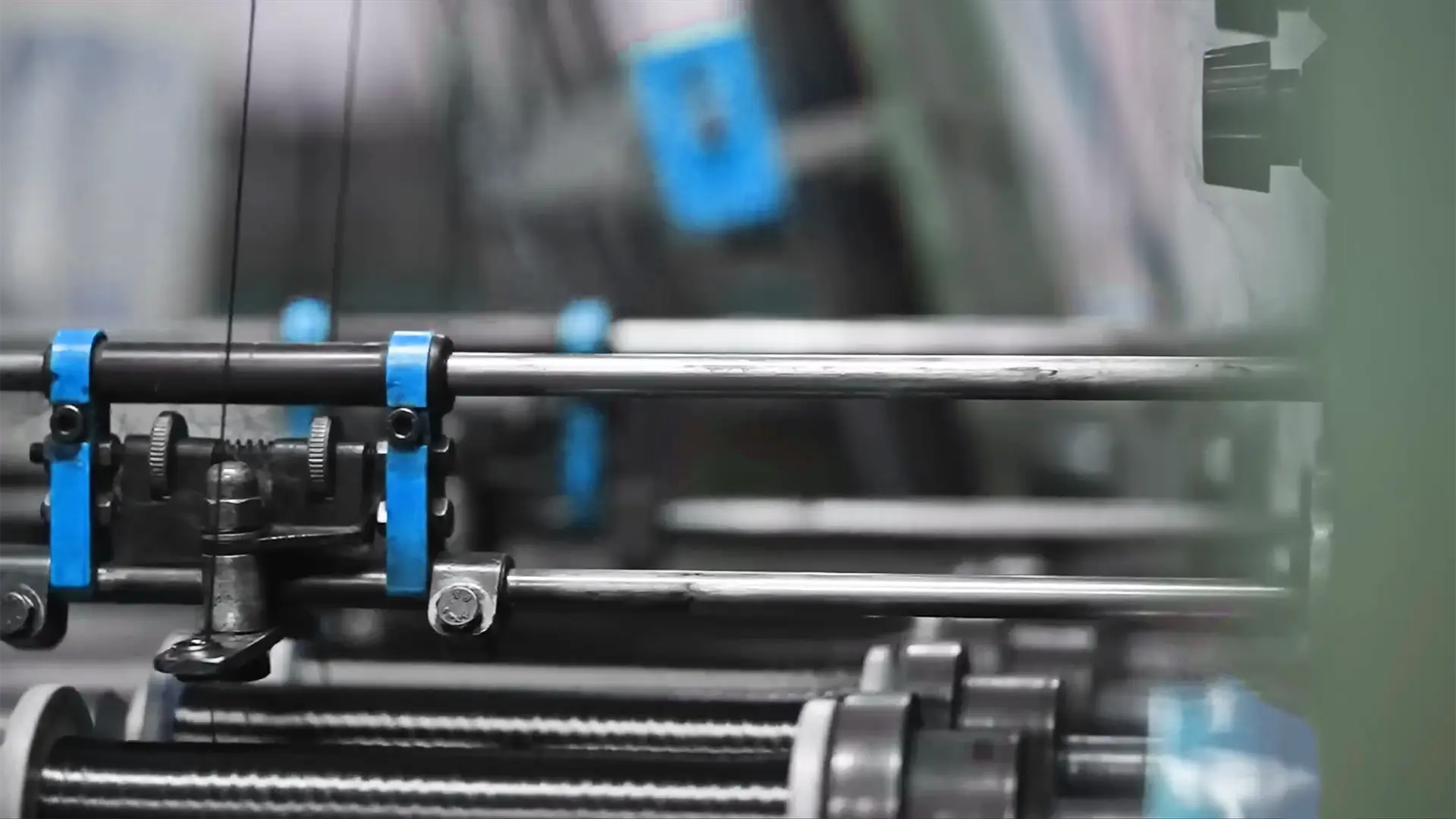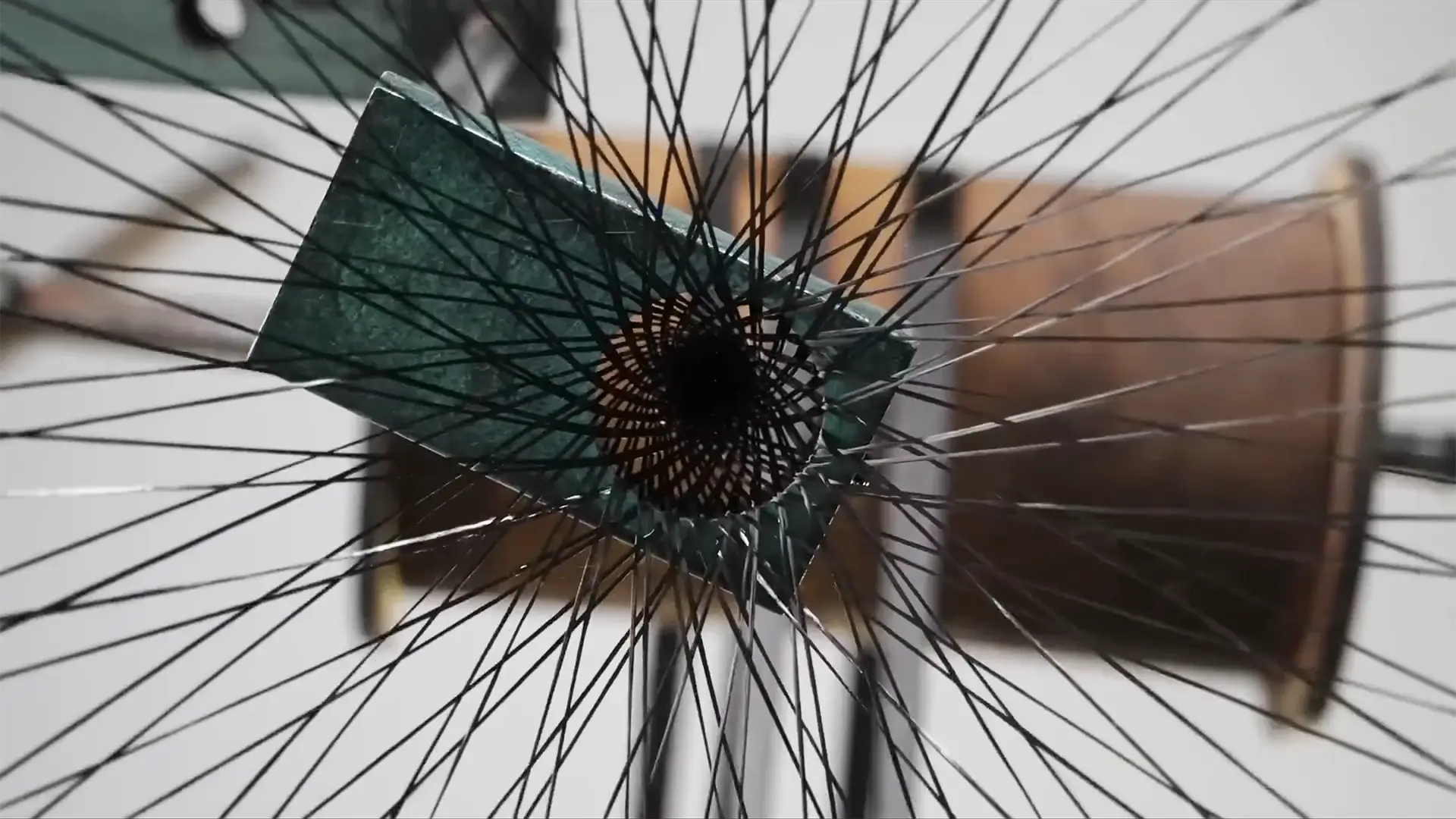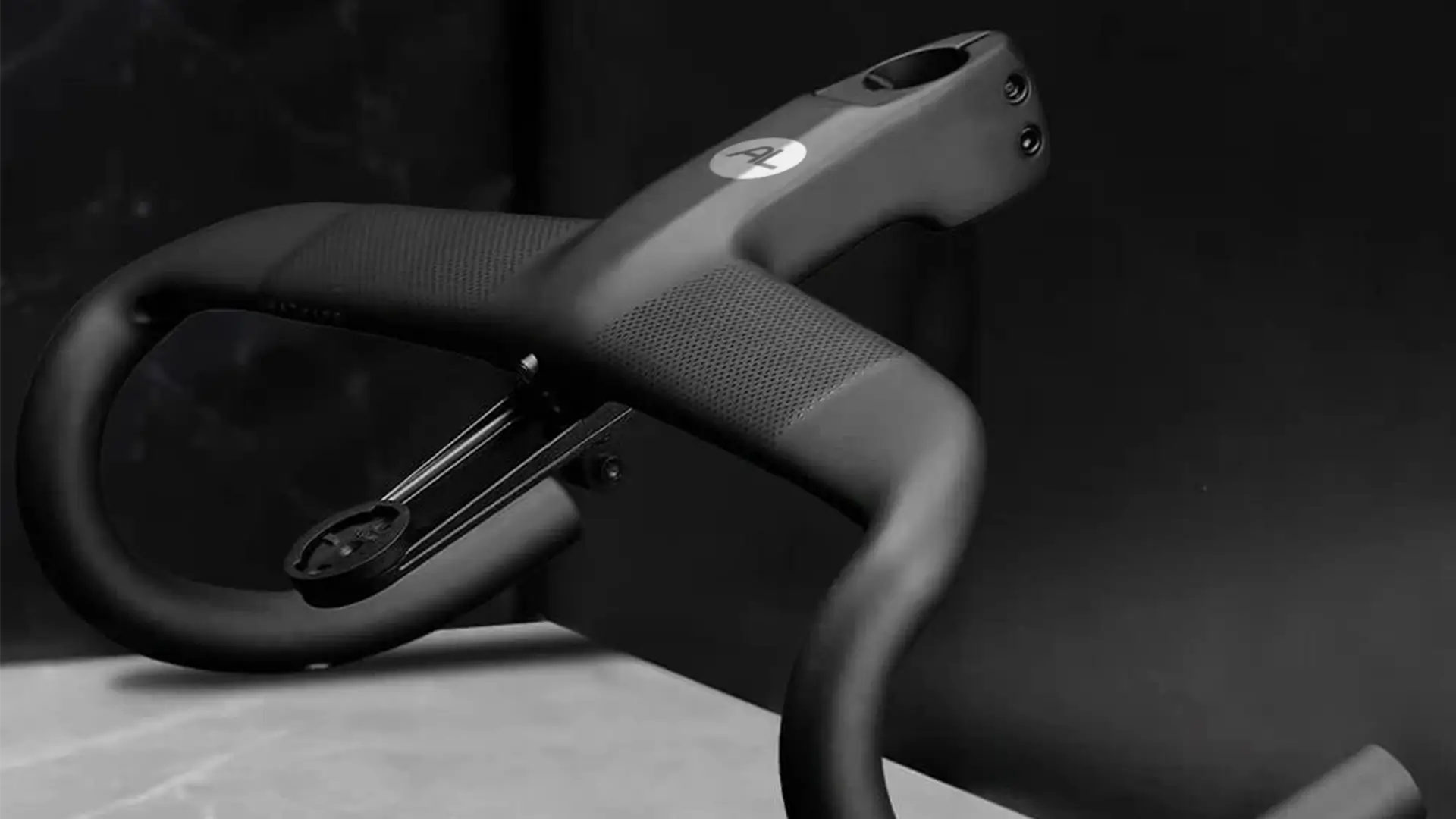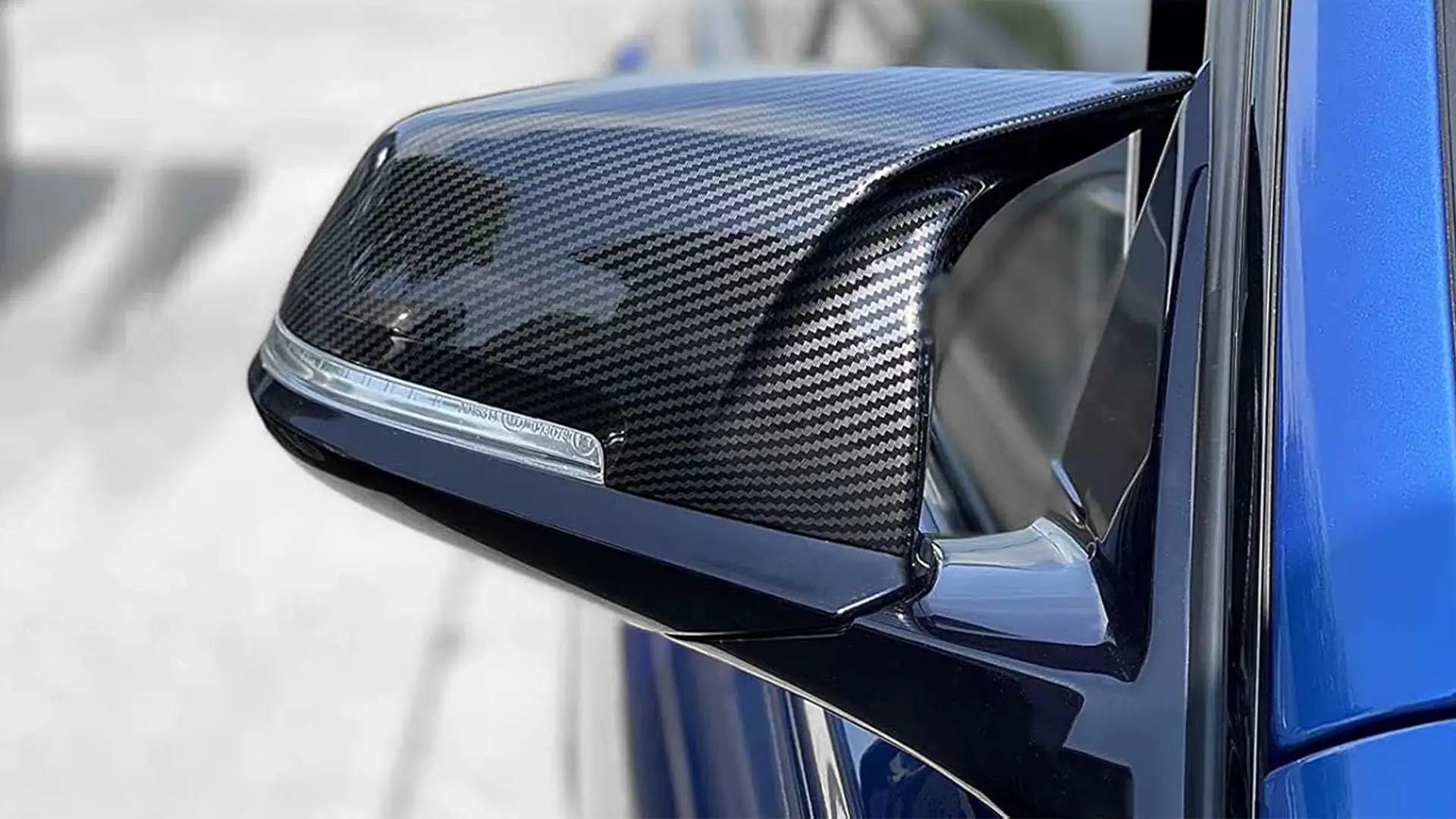What is Carbon Fiber Filament winding Molding?
The filament winding technique, a specialized form of carbon fiber parts molding, involves winding continuous carbon fiber filaments around a rotating mandrel to create structures with exceptional strength-to-weight ratios.
This method is widely used in industries such as aerospace, automotive, and renewable energy, where precision and performance are paramount. The carbon fiber parts molding process through filament winding is highly customizable, allowing manufacturers to tailor the fiber orientation, resin type, and part geometry to meet specific requirements. Understanding this process is essential for customers looking to leverage the benefits of carbon fiber parts in their projects.
The Filament Winding Process Explained
The carbon fiber parts filament winding molding process is a sophisticated technique that requires precision and expertise. Below, we break down the key steps involved in a filament winding production line to help you grasp how carbon fiber parts are crafted.
Step 1: Material Preparation
The filament winding process begins with selecting high-quality carbon fiber filaments and resin systems. Carbon fiber filaments are typically supplied in tows, which are bundles of thousands of individual fibers. These tows are impregnated with resin, either during the winding process (wet winding) or beforehand (prepreg winding), to ensure proper bonding and structural integrity.
Resin selection is critical in carbon fiber parts molding, as it affects the part’s mechanical properties and environmental resistance. Common resins include epoxy, polyester, and vinyl ester, each chosen based on the application’s demands.

Step 2: Mandrel Design and Setup
The mandrel, a rotating mold or core, serves as the foundation for shaping carbon fiber parts. In the carbon fiber parts winding molding process, the mandrel’s design determines the final part’s geometry. Mandrels can be cylindrical, conical, or complex shapes, depending on the component’s requirements.
Before winding begins, the mandrel is coated with a release agent to facilitate part removal after curing. The mandrel is then mounted onto the filament winding machine, which controls its rotation and ensures precise fiber placement.

Step 3: Fiber Winding
The core of the carbon fiber parts filament winding molding process is the winding stage. A filament winding machine guides the carbon fiber tows over the rotating mandrel, laying down fibers in predetermined patterns. The winding pattern—such as helical, hoop, or polar—directly influences the part’s strength and stiffness.
Advanced filament winding production lines use computer-controlled systems to achieve consistent fiber tension and alignment. This precision is crucial for ensuring that carbon fiber parts meet stringent performance standards.

Step 4: Resin Impregnation
In wet winding, the carbon fiber tows are passed through a resin bath before being wound onto the mandrel. This ensures that the fibers are fully saturated with resin, enhancing the part’s structural integrity. In prepreg winding, the fibers are pre-impregnated with resin, offering greater control over resin content and reducing mess during production.
Proper resin impregnation is a critical aspect of the carbon fiber parts molding process, as it ensures uniform bonding and minimizes voids or defects in the final part.
Step 5: Curing
Once the desired number of fiber layers is wound, the mandrel and wound fibers are cured to solidify the resin. Curing typically involves placing the assembly in an oven or autoclave, where heat and pressure are applied to harden the resin matrix.
The curing parameters, such as temperature and duration, are carefully controlled to optimize the part’s mechanical properties. In the carbon fiber parts filament winding molding process, curing is a pivotal step that transforms the wound fibers into a rigid, high-strength component.

Step 6: Mandrel Removal and Finishing
After curing, the mandrel is removed, leaving the finished carbon fiber part. Depending on the mandrel’s design, it may be collapsible or dissolvable to facilitate removal. The part then undergoes finishing processes, such as trimming, sanding, or coating, to achieve the desired surface quality and dimensional accuracy.
This final stage of the carbon fiber parts molding process ensures that the component meets the customer’s specifications and is ready for use.

Equipment in a Filament Winding Production Line
A filament winding production line comprises specialized equipment designed to streamline the carbon fiber parts winding molding process. The table below outlines the key components and their functions:
| Equipment | Function |
|---|---|
| Filament Winding Machine | Controls fiber placement and mandrel rotation for precise winding patterns. |
| Resin Bath | Impregnates carbon fiber tows with resin during wet winding. |
| Mandrel | Acts as the mold for shaping carbon fiber parts. |
| Curing Oven/Autoclave | Applies heat and pressure to cure the resin and solidify the part. |
| Tension Control System | Maintains consistent fiber tension for uniform winding. |
| Computer Control System | Programs winding patterns and monitors process parameters for accuracy. |
Each piece of equipment plays a vital role in ensuring the efficiency and quality of the carbon fiber parts filament winding molding process. For customers, understanding the role of these components can help in selecting a manufacturer with the right capabilities.
Advantages of Carbon Fiber Parts Filament Winding Molding
The carbon fiber parts molding process through filament winding offers several benefits that make it a preferred choice for high-performance applications. Below are some key advantages:
- High Strength-to-Weight Ratio: Filament winding produces parts with exceptional strength while keeping weight to a minimum.
- Customizable Fiber Orientation: The ability to control fiber angles allows manufacturers to optimize parts for specific load conditions.
- Scalability: Filament winding production lines can accommodate both small and large-scale production.
- Complex Geometries: The process supports the creation of intricate shapes, enabling innovative designs.
- Cost-Effectiveness: Automated filament winding reduces labor costs and material waste.
These advantages highlight why the carbon fiber parts winding molding process is a game-changer for customers seeking reliable and efficient manufacturing solutions.
Common Challenges and Solutions
While the carbon fiber parts molding process is highly effective, it comes with challenges that manufacturers must address:
| Challenge | Solution |
|---|---|
| Voids or Delamination | Optimize resin impregnation and curing parameters to ensure uniform bonding. |
| Inconsistent Fiber Tension | Use advanced tension control systems for precise fiber placement. |
| Mandrel Removal Difficulties | Design collapsible or dissolvable mandrels to simplify part extraction. |
| Surface Imperfections | Implement thorough finishing processes for improved surface quality. |
Applications of Carbon Fiber Parts Molding
The versatility of the carbon fiber parts filament winding molding process makes it suitable for a wide range of industrial, commercial, and consumer applications. This molding process enables the production of lightweight, durable, and high-strength components across multiple sectors. Below is a detailed table of common and emerging applications for carbon fiber parts winding molding:
| Industry | Application |
|---|---|
| Aerospace | Pressure vessels, rocket motor casings, structural supports, antenna booms, fuselage reinforcements |
| Automotive | Drive shafts, suspension arms, roll cages, propeller shafts, chassis reinforcements, intake manifolds |
| Renewable Energy | Wind turbine blades, hydrogen storage tanks, solar panel frames, wave energy converters |
| Sports Equipment | Bicycle frames, golf club shafts, fishing rods, tennis rackets, ski poles, paddle boards, arrows, pool cue, seatpost, barrel, tripod |
| Industrial | Pipes, rollers, pressure cylinders, robotic arms, machine frames, structural tubing |
| Medical | Prosthetic limbs, surgical tool handles, imaging table frames, orthopedic supports |
| Marine | Masts, spars, structural beams, hull reinforcements, pressure pipes |
| Construction | Reinforced concrete rebar alternatives, formwork panels |
| Defense & Military | Missile casings, UAV components, armor panels |
| Oil & Gas | High-pressure composite tanks, pipeline sleeves |
| Telecommunication | Antenna masts, satellite dish supports |
| Consumer Products | Electronics casings, drone arms, performance sporting goods |
| Research & Lab | Custom lab enclosures, composite pressure chambers |
FAQ about Carbon Fiber Parts Molding Process Filament Winding
What types of carbon fiber parts are best produced using filament winding?
Filament winding is ideal for producing cylindrical or symmetrical parts such as pressure vessels, pipes, tubes, drive shafts, and tanks. It’s particularly effective for components requiring high strength-to-weight ratios and uniform fiber alignment.
Can filament-wound carbon fiber parts be customized for specific projects?
Yes, the filament winding process is highly customizable. Customers can specify fiber angles, thickness, material types, mandrel shapes, and resin systems to match mechanical, thermal, or chemical resistance needs.
What are the key advantages of filament winding for carbon fiber molding?
Filament winding provides high strength-to-weight ratio, consistent quality, excellent fatigue resistance, low porosity, and efficient production for symmetrical components. It’s a preferred solution for industries requiring precision and durability.
What is the typical lead time for carbon fiber parts produced by filament winding?
Lead time varies depending on part complexity and volume, but standard production runs generally range from 2 to 6 weeks. Custom projects may take longer due to mold development and design optimization.
How does filament winding affect the cost of carbon fiber parts?
Although the initial tooling cost may be higher, filament winding offers excellent material efficiency and repeatability, reducing per-part cost for medium to high production volumes. It is cost-effective in the long run for suitable geometries.
Can your company provide full turnkey solutions, including design and prototyping?
Absolutely. Our team supports customers from concept design, material selection, and mandrel development to prototyping, mass production, and quality assurance, ensuring the best outcomes in performance and value.
Final Thoughts
As composite material experts, we are willing to provide you with critical assistance. The correct judgment now avoids cost overruns, delays, and disappointing results later.
Need advice on your custom carbon fiber part? Reach out to our team for expert guidance.




